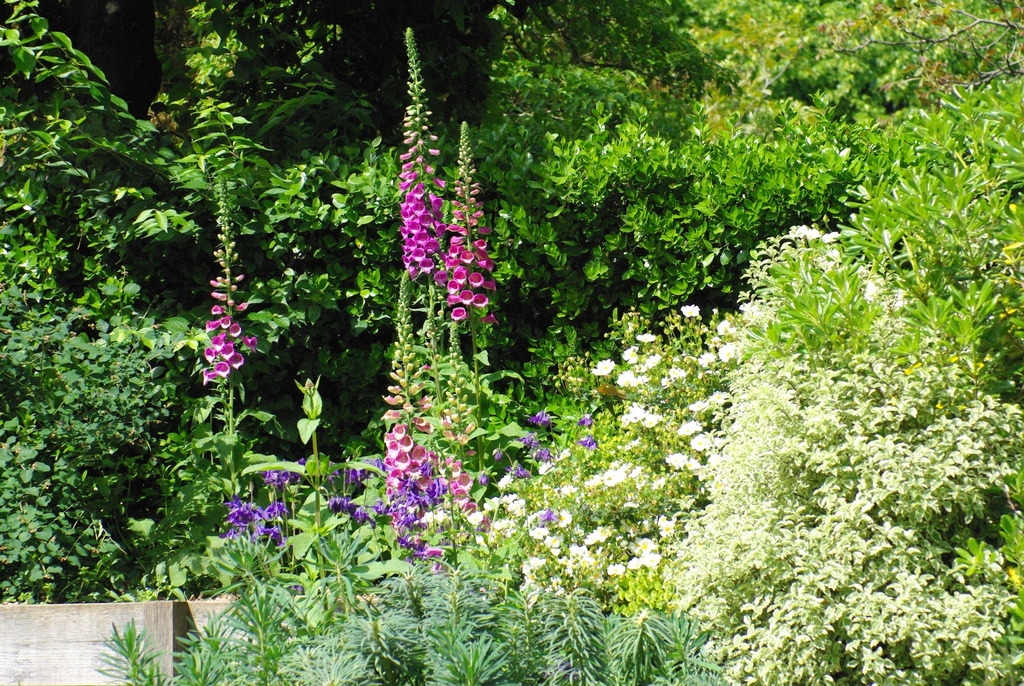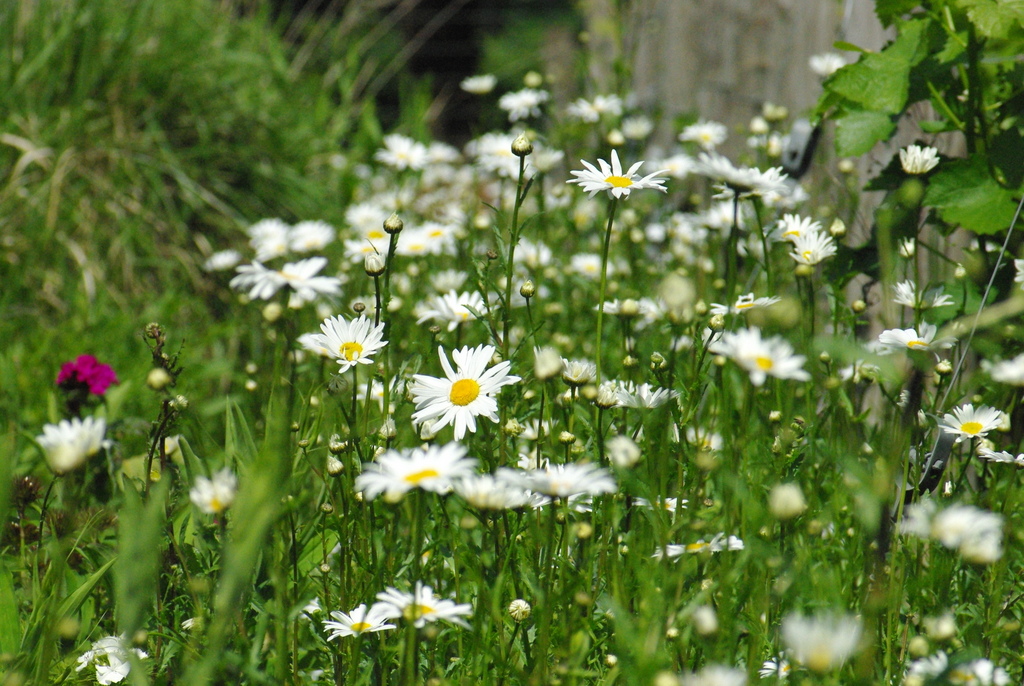The public Park of Bercy stretches on the former site of an old wine depot. It is situated in the 12th arrondissement of Paris along the River Seine and between the Palais Omnisports de Paris-Bercy and the trendy shopping precinct of Cour Saint-Émilion. Since its opening in the mid-1990s, the Park of Bercy has become of the most beautiful in Paris.
The Park of Bercy: a brief description

The vast green area was once the site of the wineries of Bercy. The storehouses of the large wine depot were closed in the 1950s and demolished in 1979. In the 1980s it was decided to replace the waste land by a huge public park.
A team of architects (Bernard Huet, Madeleine Ferrand, Jean-Pierre Feugas, Bernard Leroy) and landscapers (Ian Le Caisne and Philippe Raguin) worked on the site to make Bercy the 10th largest park of Paris. The new Parc de Bercy was opened in successive phases from 1994 to 1995.
Across the park, a few elements of the wineries that once stood here have been kept as to reflect the history of the place: cobblestone pathways, a few houses and particularly some railway tracks which were used to transport wine from the Seine to the winery.

The Park of Bercy covers 70 hectares and is divided into three main sections: the Grandes Prairies, the Parterres and the Jardin Romantique. The park has more than 200 century-old trees, a small folie of the 18th century, several ponds and artistic sculptures scattered across the park. Many birds can be seen in the park, including ducks, herons and European greenfinches.
Le Jardin Romantique

The Jardin Romantique (Romantic Garden) to the East is separated from the rest of the park by two footbridges spanning Rue Joseph Kessel. It features a hilltop labyrinth and a pond and water meanders where can be find many aquatic plants, ducks, fish and turtles. Hidden behind a screen of oak trees, willows and liquidambars, the Lake House (Maison du Lac) was the former Winery Guards House.





Les Parterres

The Parterres (Flowerbeds) area includes an orchard, a kitchen garden, a scent garden, a vineyard, an orangerie and a beautiful rose garden. The Garden House (Maison du Jardinage) with its French shutters is 18th century old and used to be the tax-office house.
The eastern part of the garden is named in honour of the assassinated Israeli President Yitzhak Rabin.
The Garden House:


The ‘treilles’ and flowers in May:



The Kitchen Garden



The vineyard
Four hundred vines were planted by the City of Paris in reference to the wine industrial past of Bercy. Other vineyards can be found in Paris: in Park Georges-Brassens, in Belleville and in Montmartre.




The rose garden in May:


Les Grandes Prairies

The Grandes Prairies (Great Meadows) is a vast expanse of grass lawns which features an old-fashioned merry-go-round. From there the monumental Simone de Beauvoir footbridge spans River Seine to reach the National Library of France François Mitterrand on the Left Bank.





